You have no items in your cart.
Cranford Colloquium Discussion
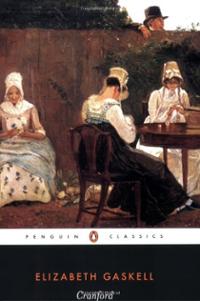
Cranford by Elizabeth Gaskill (where to buy) is a feel good book that is sure to make you laugh and cry. The witty English humor is one of my favorite things about her style of writing. It was a great book for a colloquium. We followed up our discussion with an herbal tea party and Paleo Biscotti and Ketogenic Cheesecake Bites. “Mrs Forrester … sat in state, pretending not to know what cakes were sent up, though she knew, and we knew, and she knew that we knew, and we knew that she knew that we knew, she had been busy all the morning making tea-bread and sponge-cakes.” ― Elizabeth Gaskell, Cranford
The Discussion and questions were:
How did Cranford open your mind/thinking?
What were your favorite parts/why?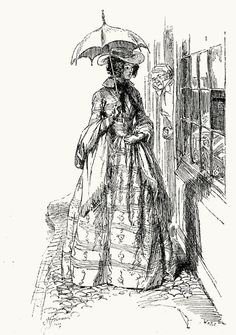
Who were the leaders?
Cranford begins by declaring that the town is populated by “Amazons.” What are “Amazons”? Comparing the characters in the novel, do you agree that they are Amazons? Why or why not?
What did you think of the book compared to the movie?
What were the differences?
Dr. Johnson versus The Pickwick Papers: What role does literature play in the novel?
We discussed the following:
Archetypes in Characters
Archetype 1– The Hero: This protagonist predominately exhibits goodness and leadership abilities. He/she struggles against evil or the characteristics of evil nature in order to restore healing, harmony, and justice.
Archetype 2–The Mother Figure: this archetype exhibits the characteristics of a mother, to include: guidance, nurturing, mentoring.
Archetype 3- The Innocent Youth: this person may be a learner or one who is a perpetual child. He or she is inexperienced with many weaknesses and seeks safety with others but others like him/her because of the trust he or she shows in other people. He or she is often going through unnecessary trials/challenges because he/she doesn’t learn the first time or through the experiences of others.
Archetype 4– The Mentor: His or her task is to protect or personally teach or mentor the main character. It is because of the time, wise advice, and careful training of the mentor that the main character achieves his/her success.
Archetype 5– Doppelganger: “It is a duplicate or shadow of a character that represents the evil side of his personality. Examples are in popular literary works such as Shakespeare’s Hamlet, Mary Shelley’s Frankenstein, Poe’s William Wilson, Stevenson’s Dr. Jekyll and Mr. Hyde etc.”
Archetype 6-The Villain: this literary character’s main function is to go to any extent to oppose the hero or whom the hero must annihilate in order to bring justice. There may be one or more villains, or in some stories the villain is the situation/s or experience that the hero protagonist goes through.
Suggestions based on ideas from: http://literarydevices.net/archetype/
These are just a few suggestions of archetypes. What others would you add?
We then discussed the following and decided what type of story we thought Cranford was.
In Daniel Taylor’s book, The Healing Power of Stories he describes four types of stories: Bent, Broken, Whole and Healing.
Bent stories are those that make evil good and encourage the vilest of reactions and emotions. Pornography is one example. Bent stories should be read sparingly and only read by mature readers. Many people suggest avoiding Bent stories like the plague. The Golden Compass is another example of a Bent story.
Broken stories are those where evil is evil and good is good, but evil wins. Books like The Lord of the Flies and 1984 are examples of Broken stories. Because Broken stories can be very disturbing, they can often serve to motivate people to get involved in fixing what is broken, changing the wrongs addressed in the books. It is usually recommended that Broken stories be read less frequently than Whole stories. However, it is important for us to read them because it helps us to teach us that injustices exist and how to deal with them.
Whole stories are those where good is good and evil is evil, and good wins in the end. Most classics and wholesome literature fall into this category. Chronicles of Narnia series and Robin Hood are two examples of many. It is suggested that most readers stay within this category.
Healing stories are stories which are either Broken or Whole where the reader is emotionally drawn in and changed significantly for the better by reading it. Charlotte’s Web could be considered a Healing story.
It is suggested that we avoid Bent stories, spend most of our time reading Whole stories and many Healing stories and not neglect the Broken stories to figure out how they need fixing.
Did you like the resolution/the ending to the novel? How has Cranford society changed once again? How does society come full circle in the end?
I highly recommend watching the two movies about Cranford too. They are such wonderful, wholesome movies.
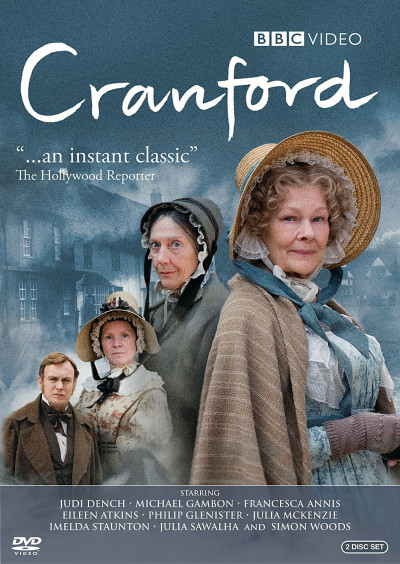
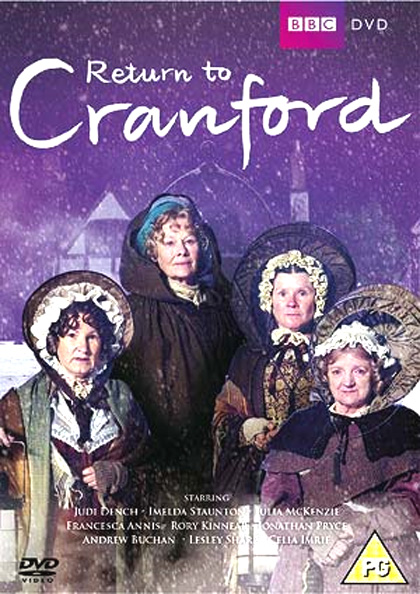
Read and enjoy the following book review about Cranford:


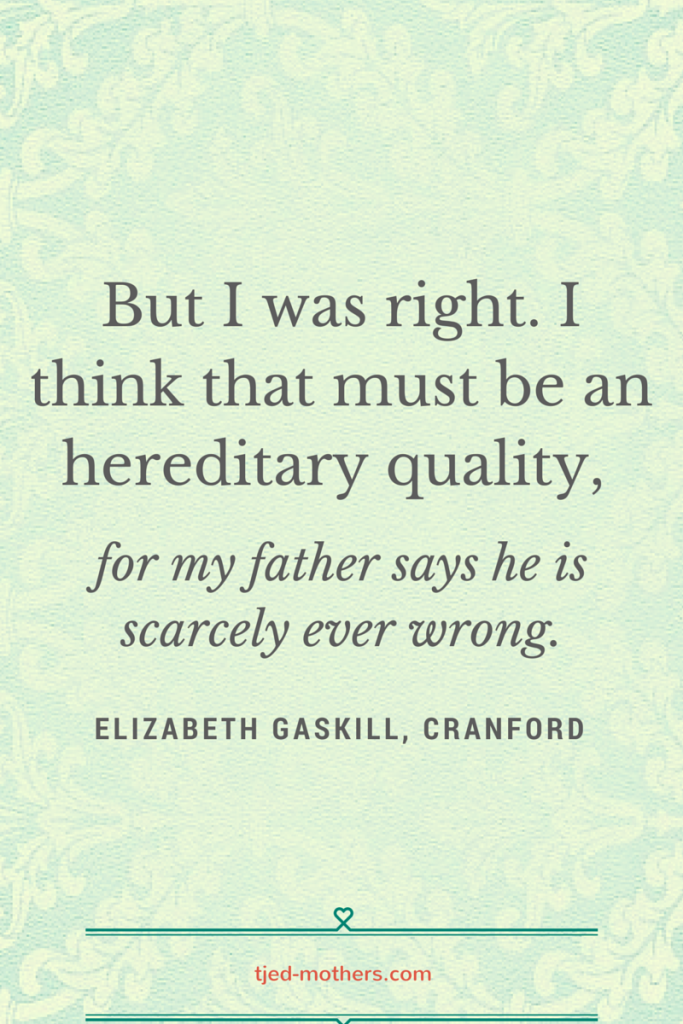
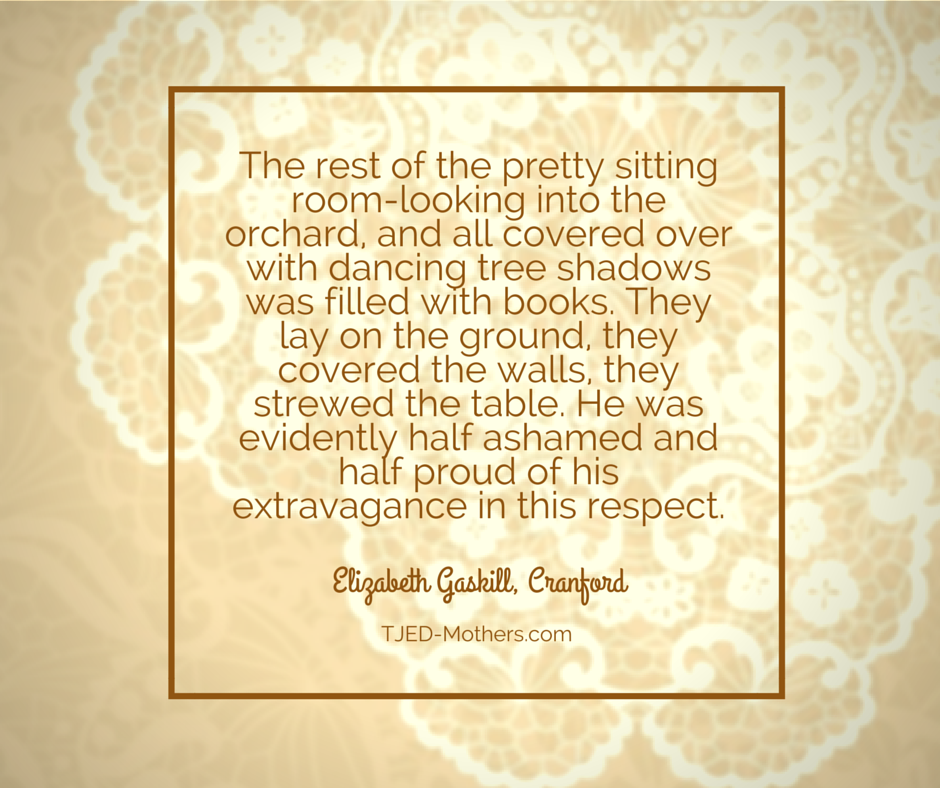
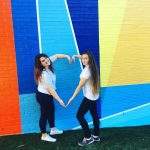
Hey people!!!!!
Good mood and good luck to everyone!!!!!
Количество тумб: С двумя тумбами https://werstakoff-neva.ru/katalog-tovarov/metallicheskie-stellazhi/stellazhi-ofisnyie/stellazh-dlya-ofisa-ts-lajt-1500x1200x500-4-polki.html
Тумба #1: WD-5 https://werstakoff-neva.ru/katalog-tovarov/texnika-dlya-sklada/telezhki-dvuxkolesnyie-ruchnyie/telezhka-dlya-perevozki-odnogo-propanovogo-ballona-pr-1-gp-100-kg.kolesa-pnevmaticheskie-200-mm.html
Тумба #2: ВП Т-2 https://werstakoff-neva.ru/katalog-tovarov/verstaki-metallicheskie/verstaki-mechanic-new/tryoxtumbovyie/mcn-1552.s9l4.html
Количество тумб: С двумя тумбами https://werstakoff-neva.ru/katalog-tovarov/texnika-dlya-sklada/shtabeleryi/samoxodnyie-shtabeleryi/shtabeler-elektricheskij-samoxodnyij-sst12ac-12-t-trev-59-m-lead-acid-375-ah-rocla.html
Тумба #2: Нет https://werstakoff-neva.ru/katalog-tovarov/metallicheskie-stellazhi/srednegruzovyie-sg/stellazh-sg-profi-3000x1800x400-4-yarusa-ocz.html
Компания Pro Стеллаж осуществляет продажу слесарных металлических верстаков с доставкой по Санкт-Петербурге и другим регионам России https://werstakoff-neva.ru/katalog-tovarov/metallicheskie-stellazhi/garo/stellazh-metallicheskij-profi-t-3000x1240x1005-mm.-polki-oczink.-met.-usil.-6-sht.html
Вы сможете подобрать нужную вам комплектацию тумб и ящиков, оборудовав рабочее место слесаря на нашем сайте или по телефону https://werstakoff-neva.ru/katalog-tovarov/texnika-dlya-sklada/samoxodnyie-telezhki/elektrotelezhka-samoxodnaya-xilin-cbd20r-ii-2000-kg-24v-210ach.html
Стоимость доставки зависит от веса и габаритов выбранного вами верстака, а также расстояния до вашего офиса или дома https://werstakoff-neva.ru/katalog-tovarov/verstaki-metallicheskie/snyato-s-proizvodstva/verstak-mechanic-m20.01pps16-e2s.html